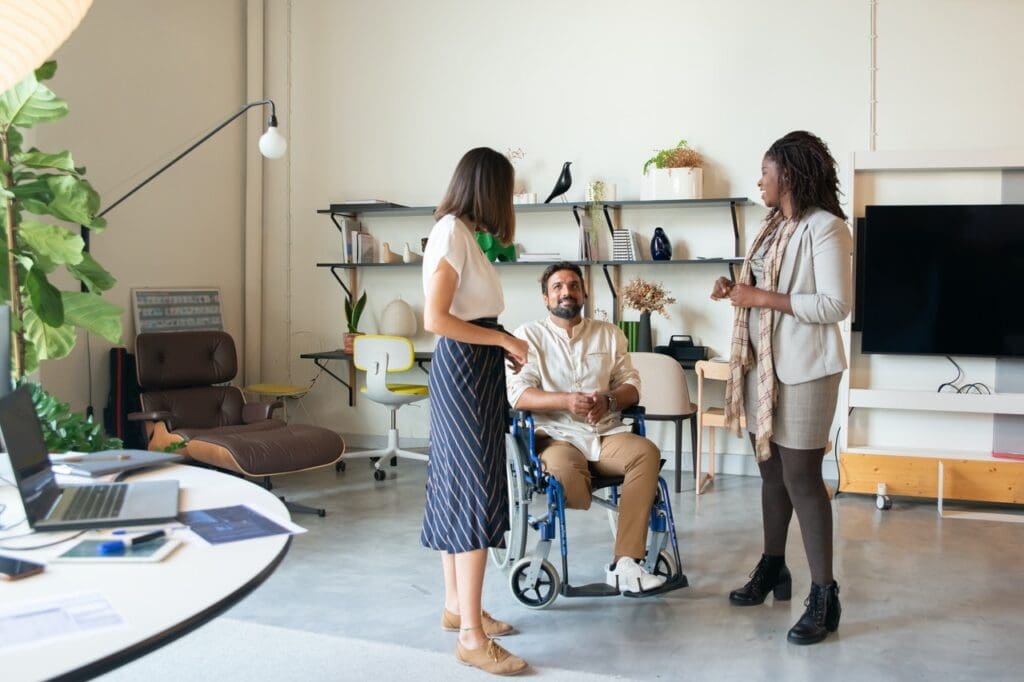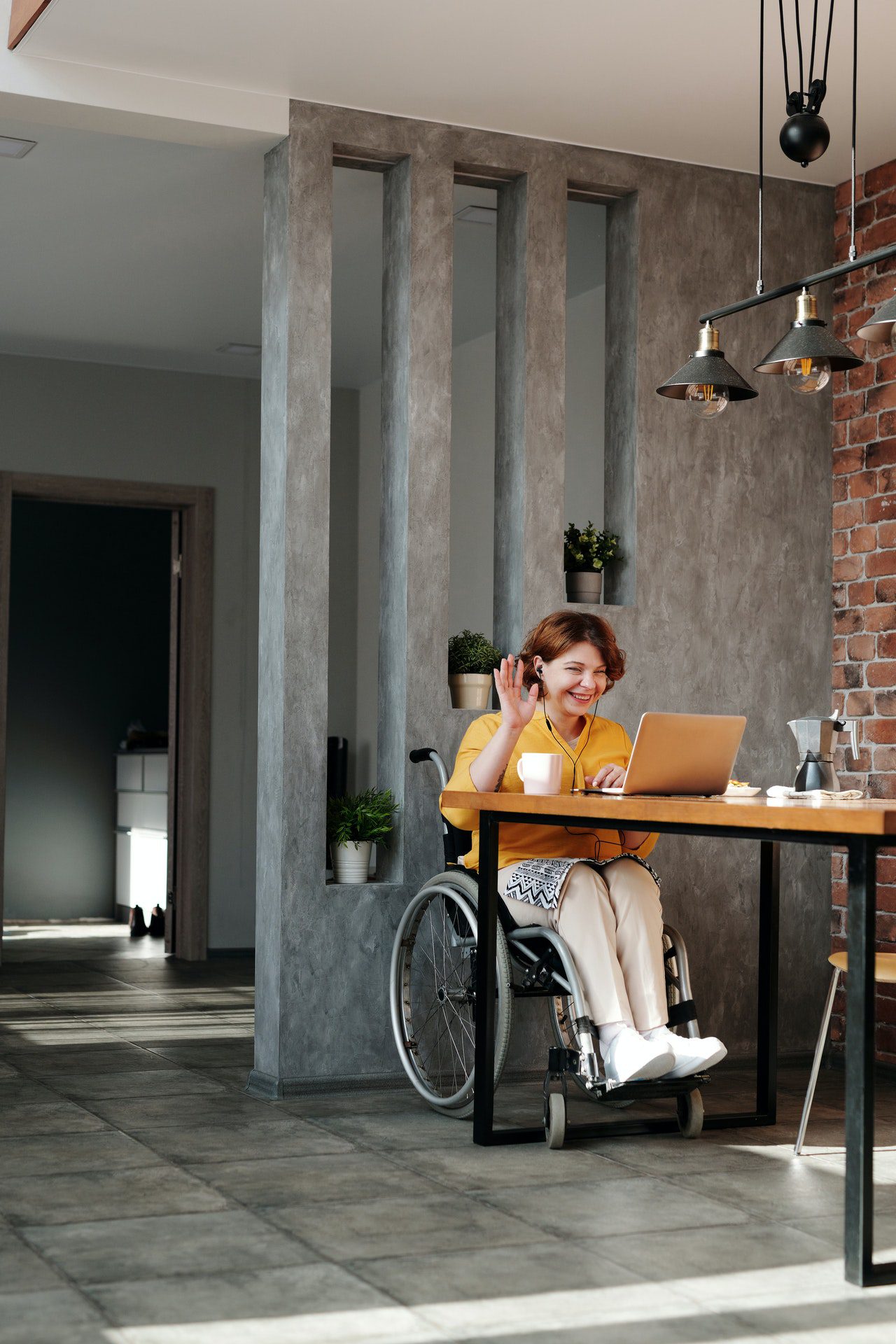About 15 percent, or one billion people in the world, have some form of disability. Of that number, the World Health Organization estimates that around two to four percent experience difficulties in functioning and movement. Thankfully, the right assistive tools and tech can help those with disabilities to live a more independent lifestyle. Having an accessible home can also enable them to do everyday tasks easily and safely. A full renovation or remodel can make your home more accessible. Still, small changes can also help to make your abode safer and better for family members with physical handicaps or mobility impairments.
Add a ramp
According to CP Family Network, making your home more accessible can enhance a disabled person’s quality of life and help them be happier at home. Those living with a child with cerebral palsy or a family member who uses a wheelchair should consider building a ramp since having one enables wheelchair and walker users to get in, out, and around the house more easily. You can build one using aluminum or wood or buy a prefabricated wheelchair ramp which costs about $100 per linear foot. You can also hire a contractor to build it for you if you’re unsure about your DIY skills. Professionals usually need only a day to complete this project, and once finished, the ramp can be used after 24 hours.
Make your bathroom safer
The majority of slips and falls in the home usually occur in the bathroom, so it’s important to make it safer for older family members or a disabled loved one. Install grab bars near the toilet and around the shower area, and place non-skid shower mats on the floor to prevent accidents. Consider installing towel bars and a shower caddy at a lower height, and add a seat in the shower area. You should also wipe down all surfaces after a shower or a bath to minimize the risk of slipping or falling and get rid of potential hazards, such as a slippery bath mat or bathroom accessories that are near the floor.
Get rid of carpets and rugs

Having carpets and rugs can make it more difficult for wheelchair users to get around, so get rid of them to make your home more accessible. It also makes sense to do away with rugs if your family member uses a walker to get around since these can cause someone to slip or fall. However, if you still prefer to have a rugs Philadelphia, make sure that the pile or padding isn’t too thick since a pile that is more than half an inch thick can be difficult to negotiate.
Making your home more accessible can help disabled family members be more independent, enabling them to enjoy staying at home more. Consider these tips to make your home more wheelchair-friendly. If you’re unsure about your DIY or handyman skills, hire a professional to do the job.
Featured Photo by Marcus Aurelius from Pexels




